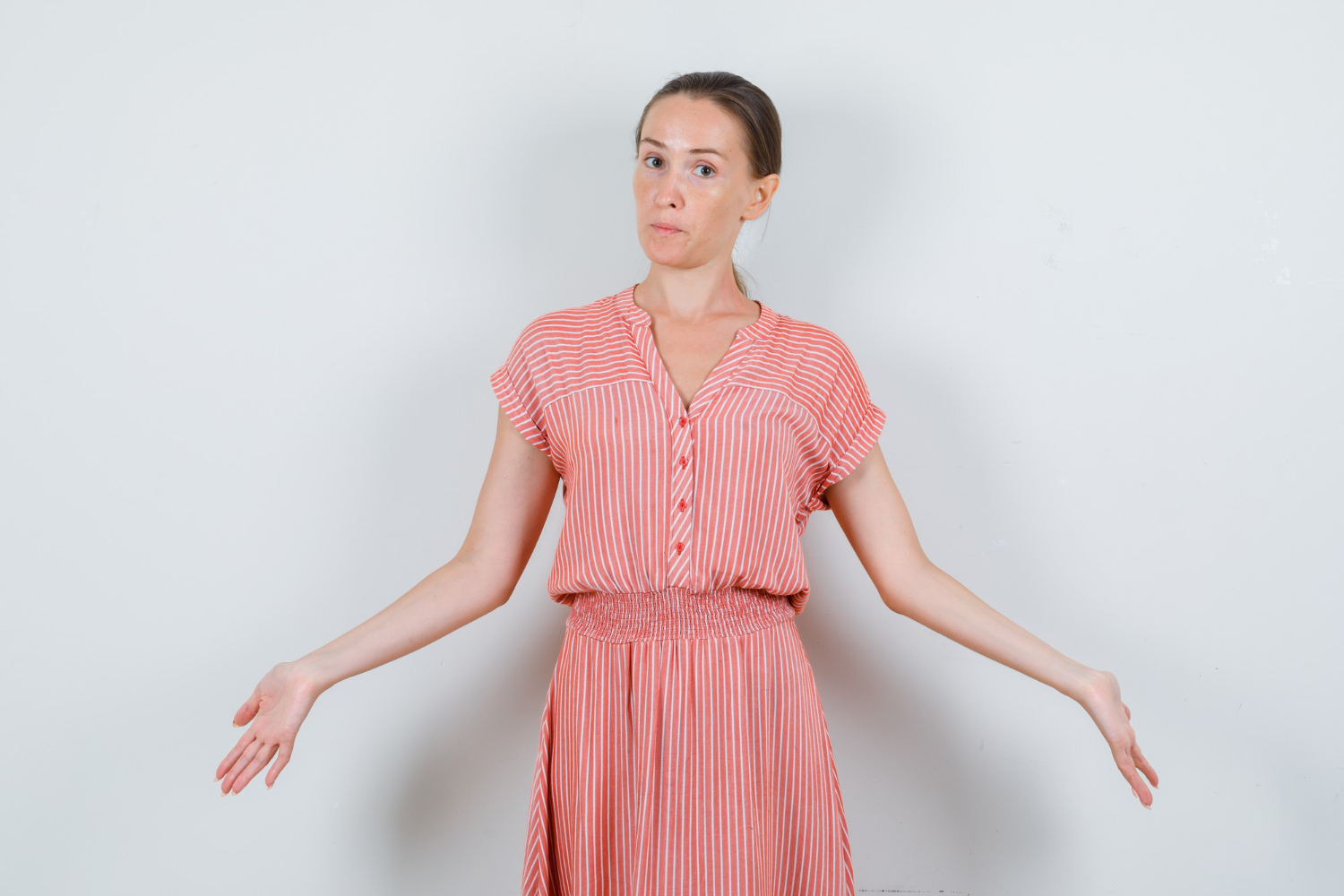The camera clicks in rapid succession, and the pressure to deliver flawless frames with each flash can be intense. But what separates a good model from a great one often lies not in the stillness of a pose but in the grace with which they move between them. This fluidity doesn’t just create compelling images, it tells a story. For anyone serious about mastering their modeling craft, knowing how to transition between poses smoothly is a game changer.
When I started modeling, I quickly learned that being photogenic wasn’t enough. It was the in-between moments, those transitions from one expression to another, from a strong stance to a relaxed posture, that brought depth and emotion to each shoot. Posing isn’t about freezing like a mannequin; it’s about flowing like a performer who knows their body, understands timing, and works in sync with the photographer’s vision.
Why Transitions Matter in Modeling
Posing transitions are more than filler movements. They allow you to maintain momentum, generate a variety of dynamic shots in one session, and communicate mood without relying on stiff or repetitive gestures. When you learn how to transition between poses smoothly, your work becomes more efficient, expressive, and professional. Photographers love working with models who require fewer instructions because their natural transitions provide multiple usable shots without breaking flow.
Posing Is Performance
Modeling is as much about movement as it is about stillness. Each shoot, whether for editorial, e-commerce, or high fashion, demands a level of theatricality and awareness. The way your body shifts from one pose to another can emulate a storyline or mood progression. These subtle transitions convey emotion and help make each image feel unique, even if you’re wearing the same outfit across multiple shots.
Think of yourself as a dancer in front of the camera. Even if your feet don’t move, your arms, shoulders, facial expressions, and posture create rhythm and fluidity. This mindset will help you connect more deeply with the camera and give your poses life.
Connecting Poses With Movement
One of the best ways I learned how to transition between poses smoothly was through conscious, deliberate movement. Instead of snapping into the next position like flipping a switch, I allow my body to find the pose organically through small movements.
For instance, if I’m shifting from a power stance with my arms akimbo to a softer, introspective look, I might:
- Drop my shoulders gradually
- Tilt my head to one side
- Run my fingers gently through my hair
- Let my gaze drift from the lens to a spot just beside it
These movements are not just transitions, they are moments in themselves that photographers often love to capture.
Pacing and Timing
Speed matters. Moving too fast makes transitions feel forced or erratic, while moving too slow can interrupt the energy of the shoot. You want to move with rhythm and confidence, almost like you’re flowing through invisible choreography.
To build this pacing naturally, practice modeling in front of a mirror or record yourself. Watch how each movement feels, how long it takes, and whether it seems intentional or accidental. Some transitions may require pauses to let the photographer catch the light or angle, while others may be continuous, like in a fashion editorial shoot with bursts of motion.
Breathing as a Tool
I underestimated the power of breath until I realized how essential it is for fluidity. When I sync my movements with breathing, exhaling as I soften a pose or inhaling as I shift my weight, everything becomes more natural. Breath not only calms nerves but anchors each motion with purpose.
Holding your breath during a shoot can make your body tense, leading to stiff poses or jerky movements. Relaxed breathing helps loosen muscles, enhancing fluidity and comfort in front of the lens.
Using Your Core for Control
Stability is key during transitions, especially if you’re moving subtly or balancing on heels. Engaging your core helps you stay grounded while allowing other parts of your body to move freely. This control ensures your transitions are deliberate, not wobbly or awkward.
When I move from a standing side pose to a more forward-facing posture, my core keeps my center of gravity stable. It prevents over-rotating, slouching, or shifting too far off-center, which might throw off the composition or lighting.
Expressive Hands and Fingers
Often neglected, hands are essential in creating elegant transitions. Rather than letting your arms dangle or flail between poses, use your hands to create motion cues, touch your face, adjust your clothing, gently lift your hair, or slide your hand along your hip. These movements feel purposeful and add sophistication.
To avoid looking stiff, keep your fingers slightly apart and relaxed. Think of them as an extension of your narrative. They should glide naturally and never appear clenched or tense.
Facial Expressions and Micro-Transitions
One of the most effective ways to master how to transition between poses smoothly is by refining your facial micro-transitions. Your face shouldn’t remain static across a shoot. Small shifts in your expression can entirely change the tone of an image.
Try:
- Moving from a smile to a smirk to a neutral face
- Dropping your gaze slowly
- Shifting your eyes without turning your head
- Raising your eyebrows slightly, then relaxing
These subtle changes are golden moments for photographers, capturing emotion that feels real and candid rather than forced.
Involving the Whole Body
A common mistake I’ve seen in beginner models is focusing only on one area, the face, the arms, or the legs, while forgetting the full picture. Transitions should engage your entire body, not just isolated parts.
Even if your upper body is shifting expression, your feet can pivot slightly, your hips can twist, and your posture can adjust to carry the movement throughout your form. This makes transitions smoother and visually coherent.
Working With the Photographer’s Rhythm
Every photographer has their own shooting pace. Some click rapidly and expect fluid transitions; others prefer to capture static, composed shots. A good model listens, watches, and adapts. During test shots or early frames, pay attention to how quickly they shoot, what feedback they give, and what types of movements they respond to.
If you find a rhythm that works, say, a two-second pause between poses, use that as a metronome. Transitioning between poses then becomes a shared performance rather than a solo act.
Practice Techniques That Help
- Mirror Training: Watch yourself move through a series of poses. Focus on how naturally you shift weight, facial expression, and arm placement.
- Slow-Motion Rehearsals: Practice moving from one pose to another in slow motion. This helps build muscle memory for graceful motion.
- Video Review: Record yourself and play it back to spot any stiff transitions or awkward gestures.
- Dance or Yoga: These practices improve your sense of body awareness and flow, which directly translate into better modeling transitions.
Dress Rehearsals for Confidence
Outfits can affect how easily you move. If you’re shooting in a fitted dress or structured jacket, practice transitions in those exact clothes beforehand. You’ll learn how to work around or with the garment rather than being surprised on set.
The same goes for shoes, especially heels. Mastering how to transition between poses smoothly includes being aware of how your clothing and accessories affect movement.
Don’t Overthink
Sometimes the worst thing you can do is try too hard. Forced transitions often appear robotic. The goal is to move intuitively and expressively. Trust your instincts, relax your body, and stay present in the moment. When you’re truly immersed in the shoot, transitions often happen naturally, with minimal effort.
Examples of Smooth Transitions
To visualize it clearly, here are a few real-world examples:
- From sitting to standing: Instead of just standing up, slide your hands along your thighs, slowly rise with a soft smile, and let your head follow your body’s ascent.
- From a confident pose to vulnerable: Move from hands on hips to one arm across your torso, drop your gaze gently, and let your posture soften.
- Walking transitions: Start a light step, pause mid-stride, let your arm swing naturally, and glance sideways with a subtle smirk.
These tiny in-between moments can often become the best shots of the day.
Conclusion
Knowing how to transition between poses smoothly is one of the most underrated yet powerful tools in any model’s skill set. It’s not just about looking good in one frame, it’s about telling a story through motion, gesture, and emotion. Every shoot becomes more dynamic when transitions are intentional and fluid.
With regular practice, awareness, and a willingness to connect movement with emotion, any model can turn transitions into art. You’ll notice not just better photos, but better chemistry with photographers, stylists, and directors. Let your transitions become your signature and set yourself apart in the competitive world of modeling.

